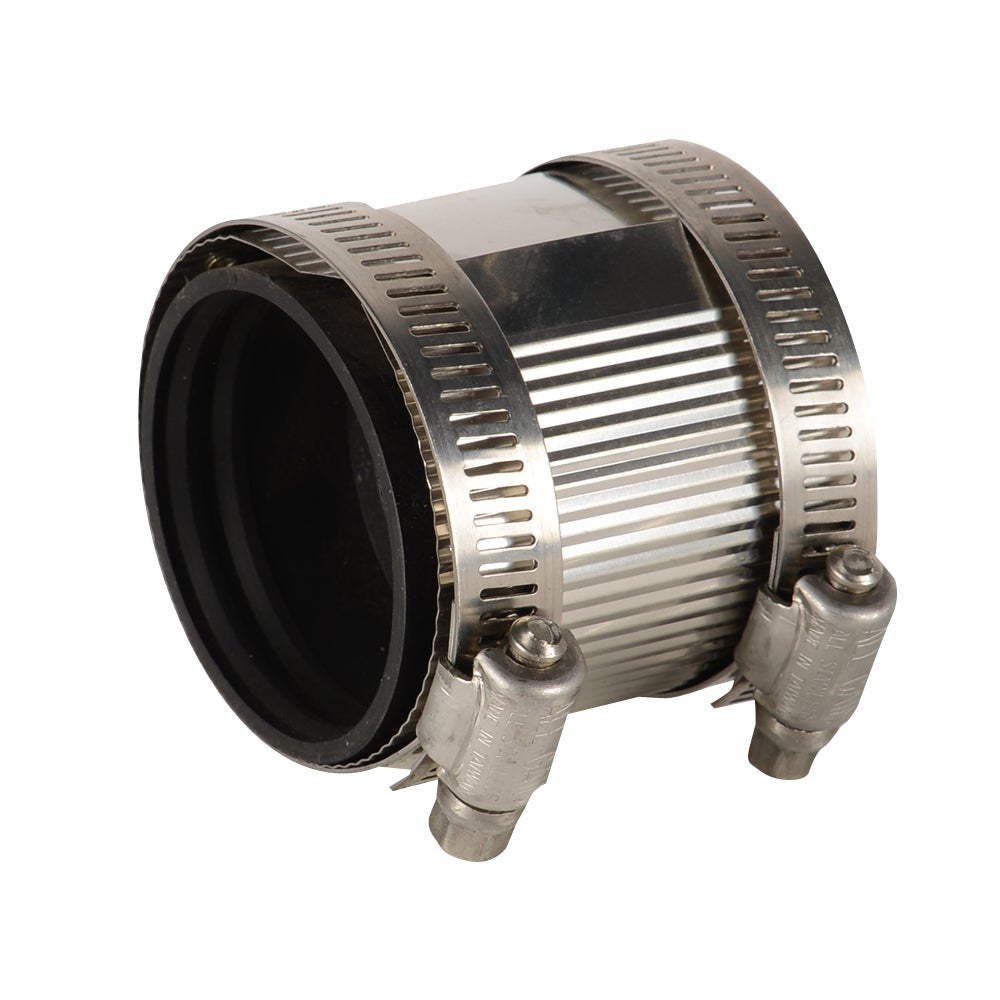In the realm of industrial manufacturing and construction, two commonly used techniques for joining metal components are joining and welding. While these terms are often used interchangeably, they encompass distinct processes with unique characteristics and applications. This article aims to delve into the nuances of joining and welding, highlighting their differences, advantages, and suitable scenarios.
- Understanding Joining:
Joining refers to the process of connecting two or more metal components without melting the base materials. It involves utilizing various methods to achieve a secure bond, such as mechanical fastening, adhesives, soldering, and brazing. Joining techniques are particularly advantageous when preserving the integrity of the base materials is crucial, or when dissimilar metals need to be combined.
1.1 Mechanical Fastening:
Mechanical fastening involves using mechanical devices like screws, bolts, rivets, or clips to hold the components together. This method offers ease of assembly, disassembly, and repair, making it ideal for applications requiring frequent maintenance or component replacement.
1.2 Adhesives:
Adhesive bonding employs specialized adhesives to create a strong bond between the surfaces of the components. This technique offers excellent aesthetic appeal, uniform stress distribution, and the ability to join dissimilar materials. Adhesives also provide insulation against electrical conductivity and corrosion, making them suitable for various industries, including automotive, aerospace, and electronics.
1.3 Soldering and Brazing:
Soldering and brazing involve using a filler material with a lower melting point than the base metals to create a joint. Soldering is typically used for low-temperature applications, while brazing is suitable for higher temperature and higher strength requirements. These techniques are commonly employed in electronics, plumbing, and jewelry manufacturing.
- Exploring Welding:
Welding, on the other hand, involves melting the base materials to fuse them together, forming a strong joint. This process relies on heat, pressure, or a combination of both to create a metallurgical bond between the components. Welding offers exceptional strength and durability, making it indispensable in heavy-duty applications.
2.1 Arc Welding:
Arc welding employs an electric arc between an electrode and the base materials to generate the necessary heat for fusion. This technique is versatile, cost-effective, and widely used in industries such as construction, shipbuilding, and automotive manufacturing.
2.2 Gas Welding:
Gas welding employs a flame produced by burning a fuel gas, such as acetylene, to melt the base materials. This method allows for precise control of heat and is commonly used in metal artwork, plumbing, and repair work.
2.3 Laser Welding:
Laser welding utilizes a high-energy laser beam to melt and fuse the base materials. This technique offers exceptional precision, minimal heat-affected zones, and is extensively used in the automotive, aerospace, and medical industries.
- Key Differences and Considerations:
While both joining and welding serve the purpose of connecting metal components, their distinctions lie in the level of heat applied, the strength of the joint, and the suitability for specific applications.
- Joining techniques are advantageous when preserving the base material properties is crucial, or when dissimilar metals need to be combined.
- Welding provides superior strength and durability, making it suitable for heavy-duty applications.
- Joining techniques are generally easier to disassemble and repair compared to welding joints.
- Welding joints offer higher load-bearing capacity and are better suited for structural applications.
- Joining techniques often require additional materials (fasteners, adhesives, fillers), while welding typically relies solely on the base materials.
- Joining techniques are more forgiving in terms of material thickness and surface preparation requirements compared to welding.
Conclusion:
In summary, joining and welding are distinct processes used in industrial applications to connect metal components. Joining techniques focus on creating a secure bond without melting the base materials, while welding involves melting the base materials to form a strong joint. Understanding the differences between these techniques allows manufacturers and engineers to select the most appropriate method based on the specific requirements of their projects, ensuring optimal performance, durability, and efficiency.
About Author
You may also like
-
Ground Solar Mounting System: A Reliable Foundation for Large-Scale Solar Installations
-
PM High-Speed Motors: Driving Efficiency and Precision in Advanced Industrial Systems
-
Cable Hollow Winder Launched with Rapid Operation
-
What Is an Explosion Proof Motor and How Does It Work?
-
The Role of Electrofusion Fittings in Leak-Free Water and Gas Networks

